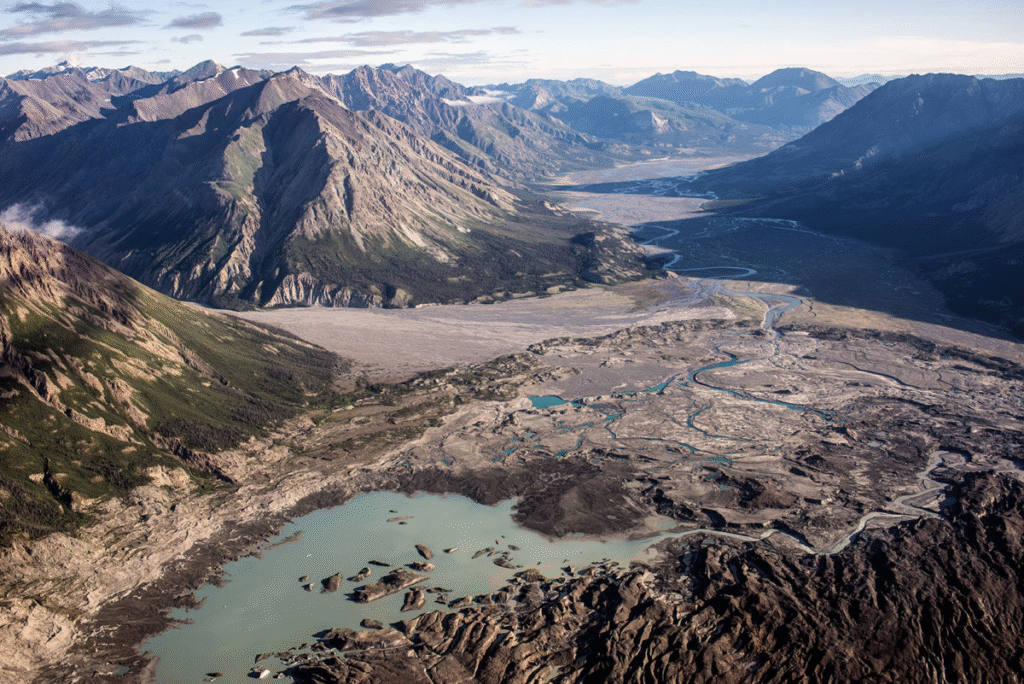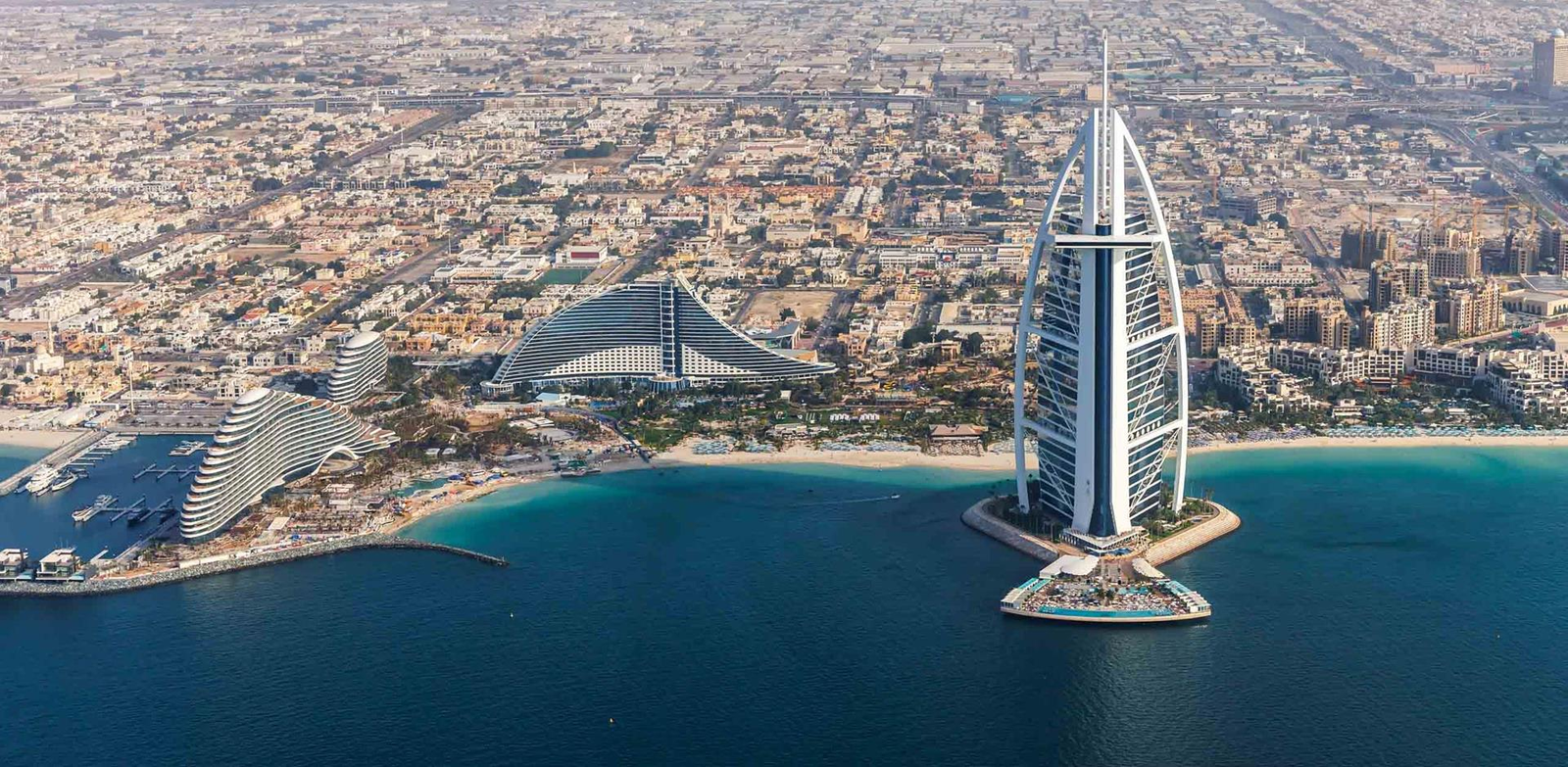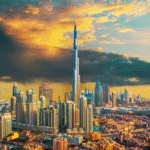Now Reading: Shocking Truth: Glacier Rivers Could Disappear Sooner Than Expected 2025
-
01
Shocking Truth: Glacier Rivers Could Disappear Sooner Than Expected 2025
Shocking Truth: Glacier Rivers Could Disappear Sooner Than Expected 2025

Table of Contents
Across the world’s great mountains, giant ice masses known as glaciers have shaped rivers for thousands of years. These glacier-fed rivers provide drinking water, irrigation for farming, and even power for electricity. But now, these rivers are under threat because glaciers are melting faster than ever before.
Climate change is warming up the planet, and glaciers are shrinking. As they melt, huge amounts of water flow into rivers. In the short term, this makes rivers swell. But in the long term, these rivers might dry up as the glaciers feeding them disappear.
This dangerous change affects billions of people who rely on glacier melt rivers. Let’s break down why this matters, what is happening, and what the world can do to adapt.
What are Glacier Melt Rivers?

A glacier melt river starts from a glacier. In summer, sunlight and higher temperatures melt the glacier ice, sending water down as streams. These streams join together, forming powerful rivers that flow through mountains and valleys.
Famous glacier melt rivers include the Ganges in India, the Yangtze in China, and the Indus in Pakistan. In the Andes mountains of South America, rivers like the Santa and the Vilcanota depend on glacier melt too.
Millions of farmers use this water to grow food. Cities depend on it for drinking water. Hydropower dams generate clean electricity thanks to the steady glacier-fed flow. In short, these rivers are lifelines.
How Fast Are Glaciers Melting?
Scientists have recorded record-fast melting in glaciers around the world. According to the World Glacier Monitoring Service, glaciers have lost nearly 30% of their mass since 1970. Some smaller glaciers have already vanished completely.
The Himalayas, also called the “Third Pole,” are melting at an alarming speed. Studies show that Himalayan glaciers could lose up to two-thirds of their ice by 2100 if the world keeps warming at its current pace.
In South America, the Andes glaciers are melting so quickly that some rivers already have lower flows than they did 30 years ago. The Andes could lose half their glaciers in the next 50 years.
What Happens to Rivers When Glaciers Disappear?
At first, glacier melt increases the amount of water in rivers. Many people think this is good. But after years of faster melting, the glaciers shrink and cannot produce enough meltwater anymore.
That means rivers will shrink too — permanently. Some could even dry up in summer, leaving farmers and communities without water during the hottest, driest months.
In the Himalayas, for example, hundreds of millions of people rely on the Ganges, Brahmaputra, and Indus rivers. These rivers could face severe water shortages within a few decades. The same problem threatens the Andes, the Alps, and even Alaska’s rivers.
Less river water means less food production, less drinking water, and less hydropower. The damage to ecosystems could also be huge. Fish, plants, and wildlife that depend on regular river flows could struggle to survive.
Why Should We Care?
Glacier melt rivers do not just matter to people living near mountains. They matter to the world:
They grow food that is sold globally
They support millions of people whose migration could rise if water runs out
They help generate clean energy
They protect biodiversity
If glacier rivers dry up, more people might move to already crowded cities, creating social and political problems. Conflicts over water could rise. Countries may have to spend billions to replace water supplies.
What Can Be Done?
Experts say there is still hope. If the world can limit global warming to under 1.5°C above pre-industrial levels, some glaciers can be saved. That means cutting greenhouse gas emissions sharply by switching to cleaner energy sources, protecting forests, and changing how we build cities.
Communities also need to adapt:
Build water storage systems to catch and save glacier melt in rainy years
Plant trees and protect wetlands to keep rivers healthy
Use water more efficiently in farming and cities
These measures can buy time, giving communities a chance to survive even as glaciers shrink.
Stories of Change

In Peru, farmers in the Andes have built small reservoirs to store water when glaciers melt quickly. These reservoirs then release water in drier months, protecting crops.
In Nepal, local groups are planting trees and restoring high-mountain lakes to reduce landslides and keep rivers flowing steadily.
Countries like Switzerland are adjusting hydropower plants to deal with unpredictable river flows.
These examples show that communities can adapt — but the speed of glacier loss is so fast that global action is urgently needed.
The Future of Glacier Melt Rivers
Scientists say the next 10 to 20 years are critical. If we act now, some glaciers can survive, keeping their rivers flowing. If we wait, millions of people will face serious water shortages.
Glacier melt rivers are truly nature’s gift. They are also nature’s warning. If these rivers run dry, it will be too late to turn back.
Protecting these rivers means protecting people, nature, and the climate all at once. It is a challenge — but also an opportunity for the world to work together.
Read More:- Deyaar’s Latest Announcement Shakes Up the UAE Property Market






















